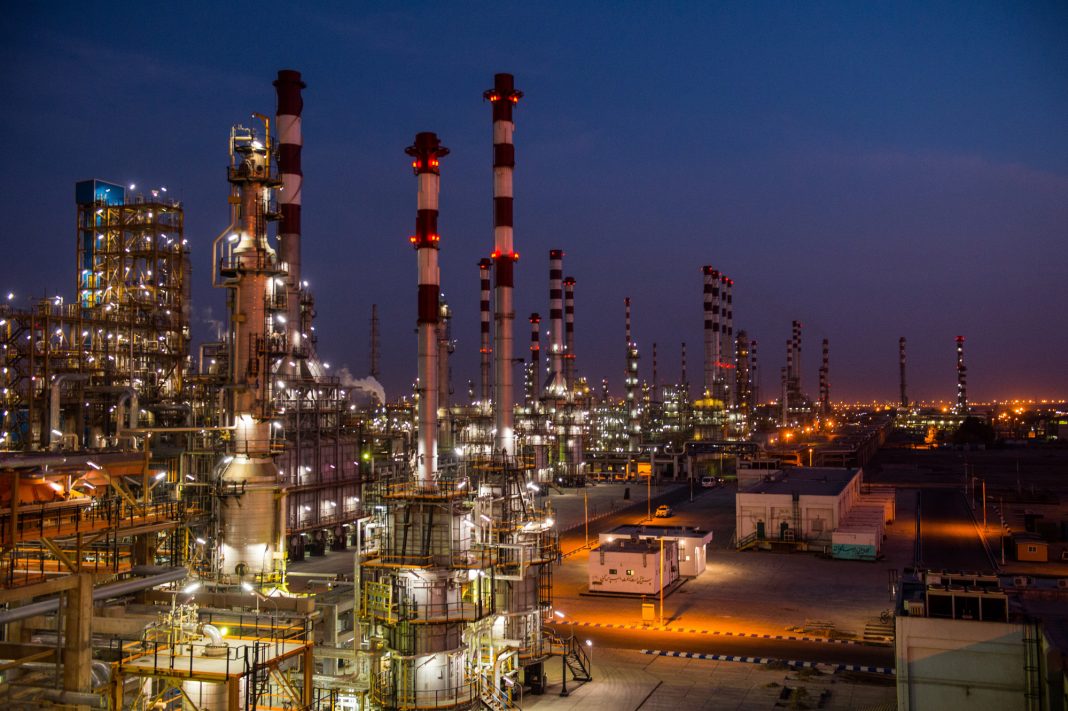The Iranian oil market is a complex ecosystem. A number of countries produce and export the commodity. Many of them are dependent on Iran, and a deal to get their products off the Iranian market would help both sides. However, the U.S. has many options in its arsenal, and the latest sanctions put the world on hold. The United States aims to slash Iranian oil exports to zero. While the sanctions have pushed the country’s oil exports to the brink of disaster, they’ve actually made a difference.
The Buy-backs were a good way for the government to protect its oil revenues. However, they limited the opportunity for the private sector to increase its output. The IPC allows for contract changes depending on the complexity of the project. Additionally, the contracts can last up to 25 years, whereas the Buy-backs typically last five to eight years. This gives the companies more incentives to increase their output. The Iranian oil market is set to be more stable under the IPC.
While President Rouhani has tried to reverse the structural changes introduced by Ahmadinejad, the IRGC’s role is still a concern. The new minister’s efforts to slow down the privatization of oil ministry subsidiaries have not been entirely successful. The end of international sanctions should help the Iranian oil market regain its lost popularity and stimulate investment in the oil and gas sector. On the other hand, a sharp decline in the price of oil may keep the Iranian economy on the defensive. It is estimated that the average price of oil in the world is around $75 per barrel.

The Iranian oil market is likely to remain largely untapped as long as sanctions persist. The country’s economy is still recovering, and the government is trying to retain some of its oil revenues by proposing cash-based transactions and barter deals. But despite the announcement of the sale of 280,000 barrels of oil, this will fall short of Tehran’s expectations. As the oil prices are going to remain low for another few months, the NIORDC hopes to attract foreign investment. Several European companies have expressed interest in the project.
The Iranian government is working to reduce sanctions and open the Iranian oil market to other suppliers. The U.S. and Europe are the main customers of the oil industry, so the move to increase its output would benefit both parties. For the moment, the Iranian government is pursuing a higher profit than it has. But in the long run, this is not a problem. It’s a matter of timing. With the end of sanctions, the global economy could rebound as soon as the next few years.
The U.S. is trying to woo European companies back into the Iranian oil market by allowing them to make more profits. This means that they are not only a source of convenience for buyers, but also a source of skepticism for the Iranian oil industry. That’s why they’re pursuing more profit by granting more incentives to foreign companies. And that’s a good thing. And for the moment, it’s the best option.

